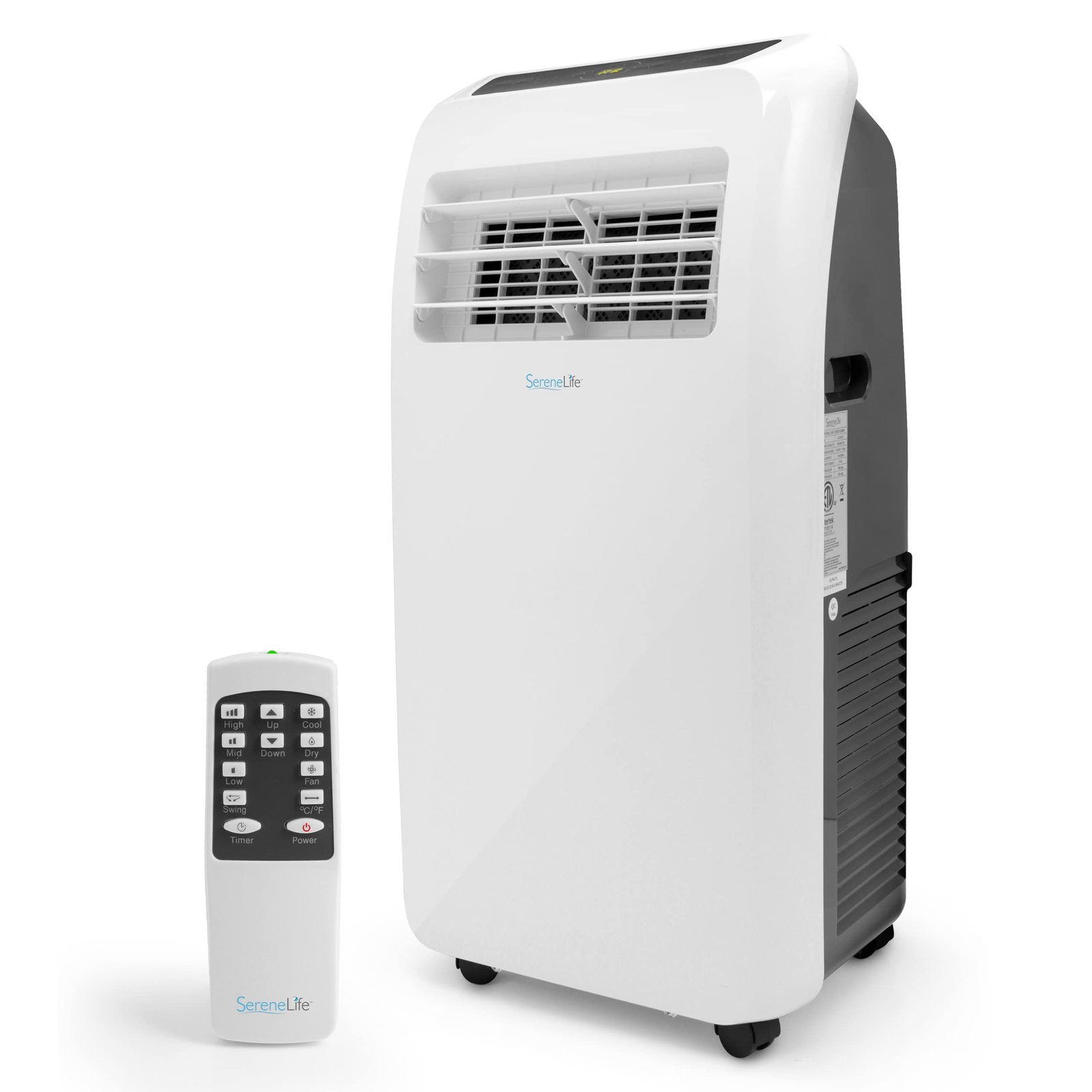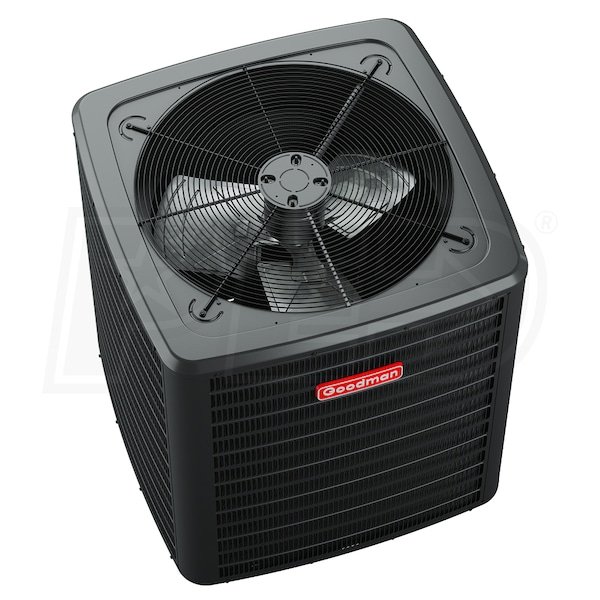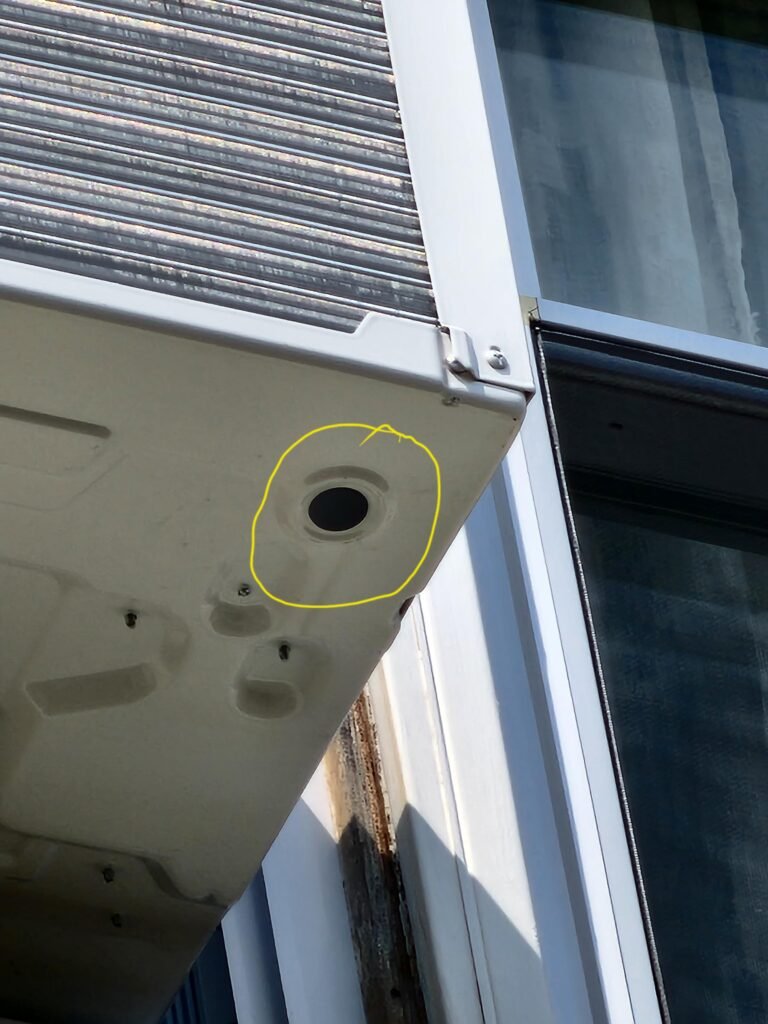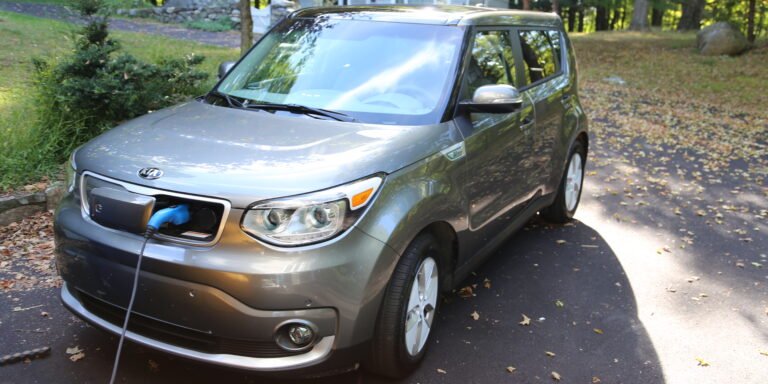Where Does the Moisture Go? Discovering the Fate of Moisture in a Portable Air Conditioner
In a portable air conditioner, the moisture is collected in an internal tank or bucket that needs to be manually emptied when it reaches capacity. Portable air conditioners provide a convenient and flexible cooling solution for many households.
These compact units are designed to cool small to medium-sized spaces, making them ideal for apartments, offices, or bedrooms. However, one common question among users is, where does the moisture go in a portable air conditioner? The answer lies in the unit’s ability to dehumidify the air.
As the air conditioner operates, it not only cools the room but also removes excess moisture from the air. This moisture is collected in an internal tank or bucket within the portable air conditioner. To prevent overflow, users need to manually empty the tank when it reaches its capacity. Understanding how the moisture is handled in a portable air conditioner can help users properly maintain and operate their devices for optimal cooling efficiency.
Understanding Moisture In A Portable Air Conditioner
|
Understanding Moisture in a Portable Air Conditioner Portable air conditioners not only cool the air, but they also collect excess moisture. So, how do they manage this moisture?
By understanding how moisture is collected and managed in a portable air conditioner, you can ensure optimal performance and longevity of your unit. |
The Two Types Of Portable Air Conditioners
|
Partially self-evaporative portable air conditioners work by using the condensation process to reduce moisture. They collect moisture from the air and convert it into water droplets, which are then released into a drainage tank or expelled through a drain hose. It is important to regularly check and empty the drainage tank to prevent overflow. Here are some tips to effectively drain moisture from a partially self-evaporative portable air conditioner:
|
|
Fully self-evaporative portable air conditioners, on the other hand, eliminate the need for manual draining. They utilize advanced technology to evaporate the collected moisture and expel it through the exhaust. This not only eliminates the hassle of regular drainage but also increases the overall efficiency of the air conditioner. Brands that offer fully self-evaporative portable air conditioners include LG, Arctic Air, Whirlpool, and Toshiba. These models provide a more convenient and maintenance-free cooling experience. |
Draining Options For Portable Air Conditioners
| Draining Options for Portable Air Conditioners |
| Using a Drain Hose |
| A drain hose is a convenient option for draining moisture from a portable air conditioner. It allows you to direct the condensate to a desired location, such as a floor drain or outside through a window. To set up a drain hose, follow these steps: |
| 1. Locate the drain outlet on your portable air conditioner. It is typically located at the bottom or back of the unit. |
| 2. Attach one end of the drain hose to the drain outlet of the air conditioner. |
| 3. Position the other end of the drain hose in a suitable drainage location. |
| 4. Make sure the hose is securely connected to prevent leaks. |
| Using a drain hose has several benefits. It eliminates the need for manual draining, saves time and effort, and ensures continuous operation of the portable air conditioner without interruption. However, it’s essential to regularly check and clean the drain hose to maintain efficient drainage. |
| Another option for draining moisture is a condensate pump. This device automatically removes the condensate from the air conditioner and pumps it to a designated drainage location. It is especially useful when the air conditioner is located far from a suitable drain outlet. |
| When it comes to manual draining, it is necessary to do so when the drain hose or condensate pump is not available or not functioning correctly. To manually drain a portable air conditioner, follow these steps: |
| 1. Locate the drain plug or overflow tray on your portable air conditioner. |
| 2. Place a suitable container underneath the drain plug or overflow tray to collect the condensate. |
| 3. Open the drain plug or remove the overflow tray to allow the condensate to drain into the container. |
| 4. Empty the container regularly to prevent overflow and ensure continuous drainage. |
| It is important to maintain the efficiency of manual drainage by regularly checking and cleaning the drain plug or overflow tray. Follow the manufacturer’s instructions for proper maintenance and care of your portable air conditioner to ensure its optimal performance. |

Credit: www.nytimes.com
Frequently Asked Questions Of Where Does The Moisture Go In A Portable Air Conditioner
Do You Have To Drain Water From A Portable Air Conditioner?
Portable air conditioners have options for draining water. Some models have self-evaporative technology, which eliminates the need to drain manually. However, in high humidity conditions, manual draining may still be necessary. It is recommended to check the manufacturer’s instructions to determine the specific requirements for your portable air conditioner.
Do Portable Air Conditioners Put Moisture In The Air?
Portable air conditioners do not put moisture in the air. They act as dehumidifiers and are best for areas with moderate humidity levels. Unlike swamp coolers, which add moisture to the air, portable air conditioners remove moisture.
How Often Should You Drain A Portable Air Conditioner?
Portable air conditioners need to be drained occasionally, depending on the humidity levels. Self-evaporative systems may require manual draining once a day to once a week. The moisture condenses as water in a tank inside the unit, which needs to be emptied when it reaches capacity.
Where Does The Moisture Go In A Portable Air Conditioner?
The moisture in a portable air conditioner collects in an internal removable bucket or tank. Some units are self-evaporative, meaning they evaporate the moisture and release it as exhaust. Others may require manual draining when the bucket reaches capacity.
Conclusion
Portable air conditioners remove moisture from the air through the dehumidification process. This moisture is then collected in a tank or reservoir inside the unit. Regular draining of the tank is necessary to prevent overflow. Some portable air conditioners feature self-evaporative technology, reducing the need for manual draining.
Understanding how moisture is managed in a portable air conditioner is essential for efficient and effective cooling.







